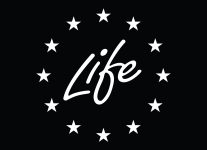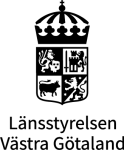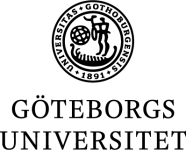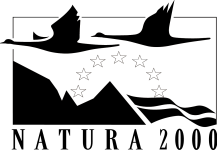Under sommaren 2020 filmade vi rev-strukturer av betong som sjösattes vid Säcken-revet redan 2012. Betongreven är av tre olika typer: fyrkantiga block, oregelbundna och en liknande sandslott med höga tinnar. På många av de komplexa gamla betongreven hittade vi en rik biologisk mångfald, bland annat Filograna implexa, en vit kalkrörsbyggande havsborstmask som bildar stora kolonier och trollhummern Munida rugosa (se bilder). Syftet med de tidiga betongreven var att hitta en design som ökar rekryteringen till strukturen genom att bryta upp vattenströmmarna i små virvlar. Vi ville härma effekten av ett fullt utväxt rev med dess komplexa grenverk som fångar upp partiklar och larver. Att utvärdera skillnaden i biologisk mångfald och täthet av marina organismer på de här olika typerna av revstrukturer hjälper oss att utveckla nästa generation av konstgjorda rev.
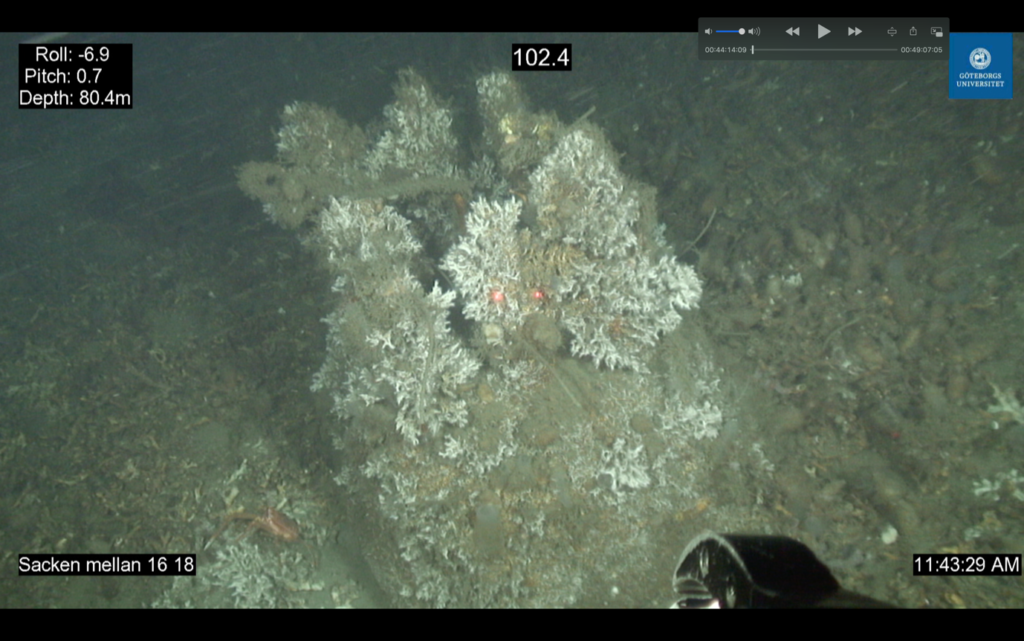
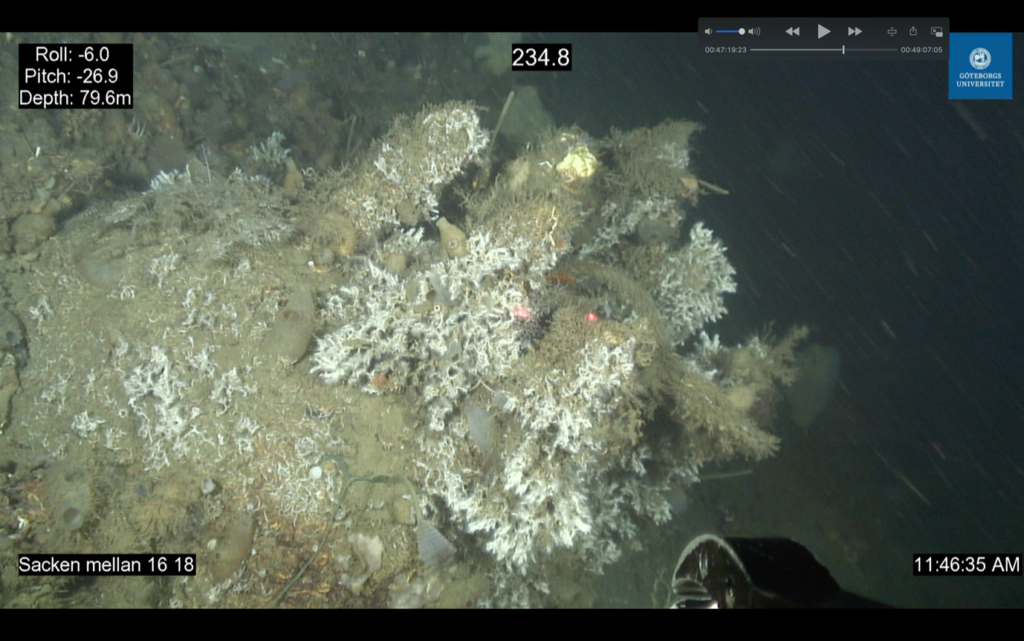
Monitoring the first artificial reefs at Säcken
During summer 2020 we re-visited the first artificial reef structures, deployed at Säcken already in 2012. These concrete structures are of three different types; square blocks, irregular shaped, and a sandcastle shaped with high pinnacles. On many of the more complex structures we found a high biodiversity, including Filograna implexa, a white calcifying and colony-building tubeworm, and the squat lobster Munida rugosa (see picture). The aim with these early concrete structures was to find a design that enhance settling by breaking up the currents, creating micro-eddies that will increase the contact rate of larvae passing by the structures—just like the complex branches of a coral reef does. Evaluating the difference in biodiversity and density of marine organisms for each shape helps us to develop the next generation of artificial reefs.

